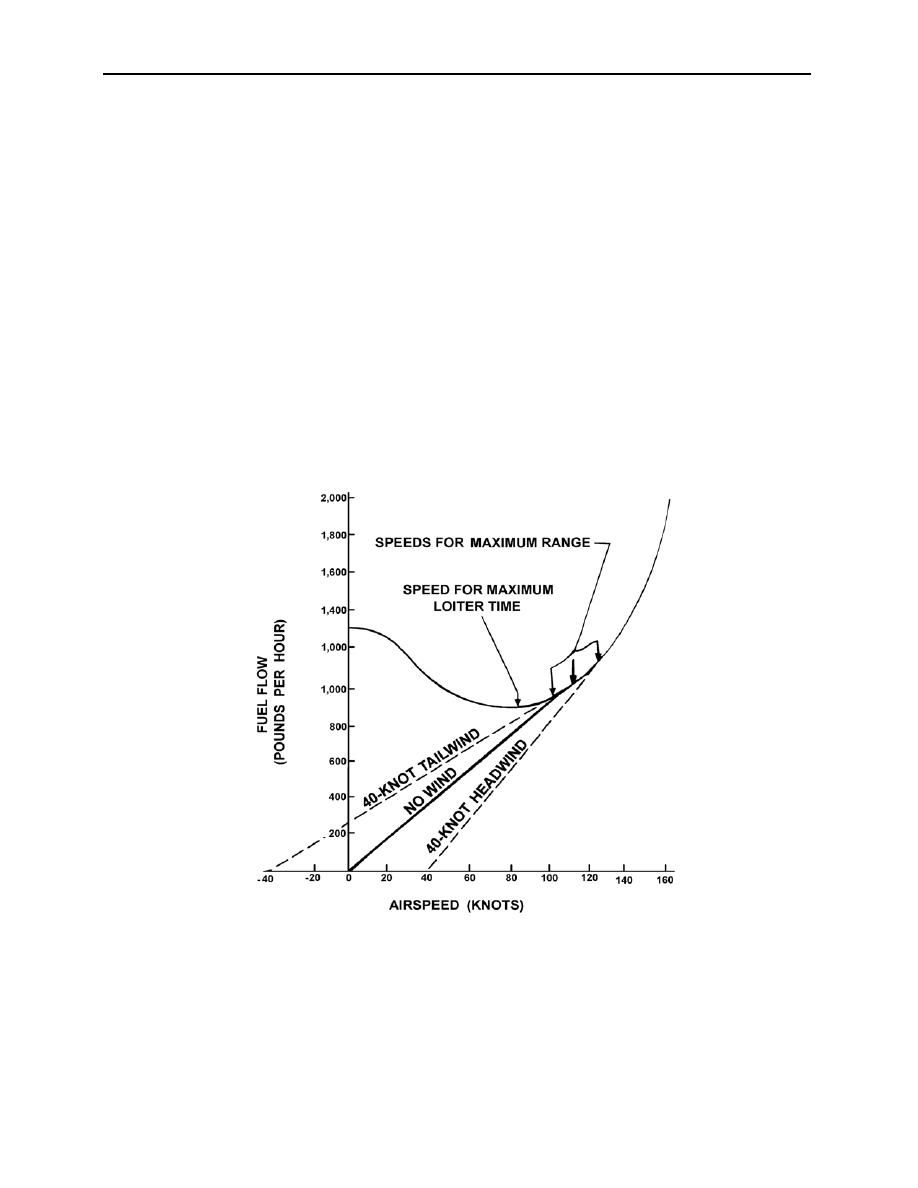 |
|||
|
|
|||
|
|
|||
| ||||||||||
|
|  HELICOPTER AERODYNAMICS WORKBOOK
CHAPTER 3
Best rate of climb airspeed is formed at the point where the difference is a maximum between
power required and power available. This rate of speed can be estimated from the change in
potential energy. The increase in mass flow from forward flight reduces climb power required as
opposed to vertical flight. Induced power is already low in forward flight, so there is little to be
gained from a significant increase in mass flow. Also, since a climbing condition produces a
significant increase in parasite drag and tail rotor power requirements, excess engine power is
concentrated toward those efforts instead of vertical flight.
At this speed, minimum rate of descent in an autorotation is also found, since the power
required to keep the aircraft airborne is at a minimum. At this speed, the potential energy
corresponding to height above the ground and gross weight can be dissipated at the slowest rate.
Since the goal of achieving maximum loiter time is making the available fuel last as long as
possible, and since fuel flow is proportional to engine power, maximum loiter time should also
be at this point.
Stretching the glide distance in an autorotation is a totally separate situation. Maximum glide
range is found at a point tangent to the power required curve on a line drawn from the origin.
This gives the highest lift-to-drag ratio.
Figure 3-4
Maximum range speed is found on the fuel flow curve (figure 3-4) by drawing a line tangent
to the curve from the origin. This ratio of speed to fuel flow shows the distance one can travel
on a pound of fuel on a no-wind day. If there is a head wind, the line should be originated at the
head wind value, which derives a higher speed and lower range. For a tail wind, the optimum
airspeed decreases, but the range increases significantly.
HELICOPTER POWERED FLIGHT ANALYSIS 3-5
|
|
Privacy Statement - Press Release - Copyright Information. - Contact Us |